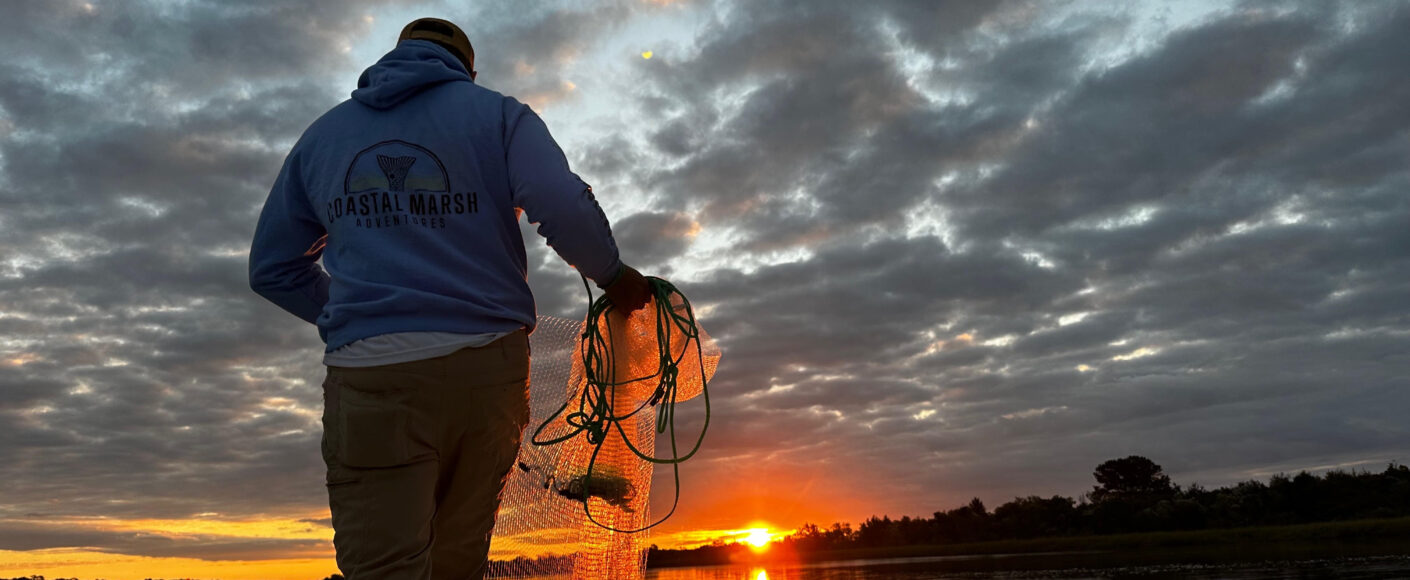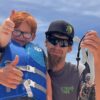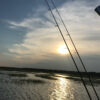Why Water Temperature Matters in Saltwater Inshore Fishing

When it comes to inshore saltwater fishing, water temperature isn’t just another factor—it’s one of the most important things to pay attention to. Whether you’re targeting redfish, speckled trout, flounder, or snook, understanding how temperature affects fish behavior can completely change your success on the water.
Experienced anglers know that fish don’t just respond to tides or bait—they respond to comfort. Water temperature dictates how fast fish move, when they feed, where they position themselves, and even when they spawn. If you can learn to “read” the temperature as well as the tide, you’ll put yourself ahead of most weekend anglers.
How Water Temperature Influences Inshore Fish Behavior
1. Metabolism and Feeding Habits
Fish are cold-blooded creatures, meaning their body temperature and activity level are tied directly to the surrounding water.
Below 60°F (15°C): Fish slow down. Their metabolism drops, and they become less active. You’ll want to target deeper holes, channels, or sun-warmed flats where temperatures are slightly higher. Slow-moving baits or natural presentations work best in these conditions.
60–75°F (15–24°C): This is the ideal feeding range for most inshore species. Fish are at their most aggressive, often chasing down topwater plugs, soft plastics, or live bait. Expect more consistent bites in this window.
Above 80°F (27°C): Fish begin to conserve energy as oxygen levels in the water decrease. Many species move to deeper areas, shaded mangroves, or passes with stronger tidal flow where the water is cooler and more oxygenated.
2. Migration and Spawning Patterns
Water temperature also triggers migration and spawning behavior. Each species responds to its own preferred range:
Sea trout begin their spring migration and spawn when temperatures hit around 55°F, often appearing first in estuaries and grass flats.
Redfish move into shallow marshes and creeks as temperatures rise in early spring, seeking warmer water and food sources.
Flounder often migrate offshore in late fall as water temperatures drop, then return to inshore waters once things warm back up.
Recognizing these seasonal shifts allows you to anticipate where fish will be—not just react to where they were last week.
3. Baitfish Movement
Predator fish go where the food is, and baitfish movements are almost entirely driven by water temperature. Species like mullet, menhaden, and shrimp move into warmer shallows in spring and fall, bringing in redfish, trout, and snook right behind them.
During the heat of summer, bait often moves to deeper or cooler water, which means the predators follow. Paying attention to these transitions can help you stay one step ahead of the fish.
Best Tools to Track Water Temperature
Knowing the exact water temperature can make or break your trip. Luckily, there are plenty of ways to track it accurately:
Fish Finder or GPS Units: Most modern models display real-time surface temperatures. This data helps you adjust spots and tactics quickly.
NOAA Coastal Buoys: These provide reliable, up-to-date temperature readings, along with weather, wind, and tide information.
Fishing Apps: Tools like FishWeather, Navionics, or Windy combine weather forecasts, water temperature data, and tide charts in one place, making them valuable pre-trip planning resources.
Final Thoughts
Inshore fishing success often comes down to small details, and water temperature might be the biggest one of all. The next time you’re out, take a moment to check the temperature before you cast—it can tell you more about what’s happening below the surface than you might think. By learning how fish respond to these subtle changes, you’ll not only catch more fish but understand them on a deeper level.






